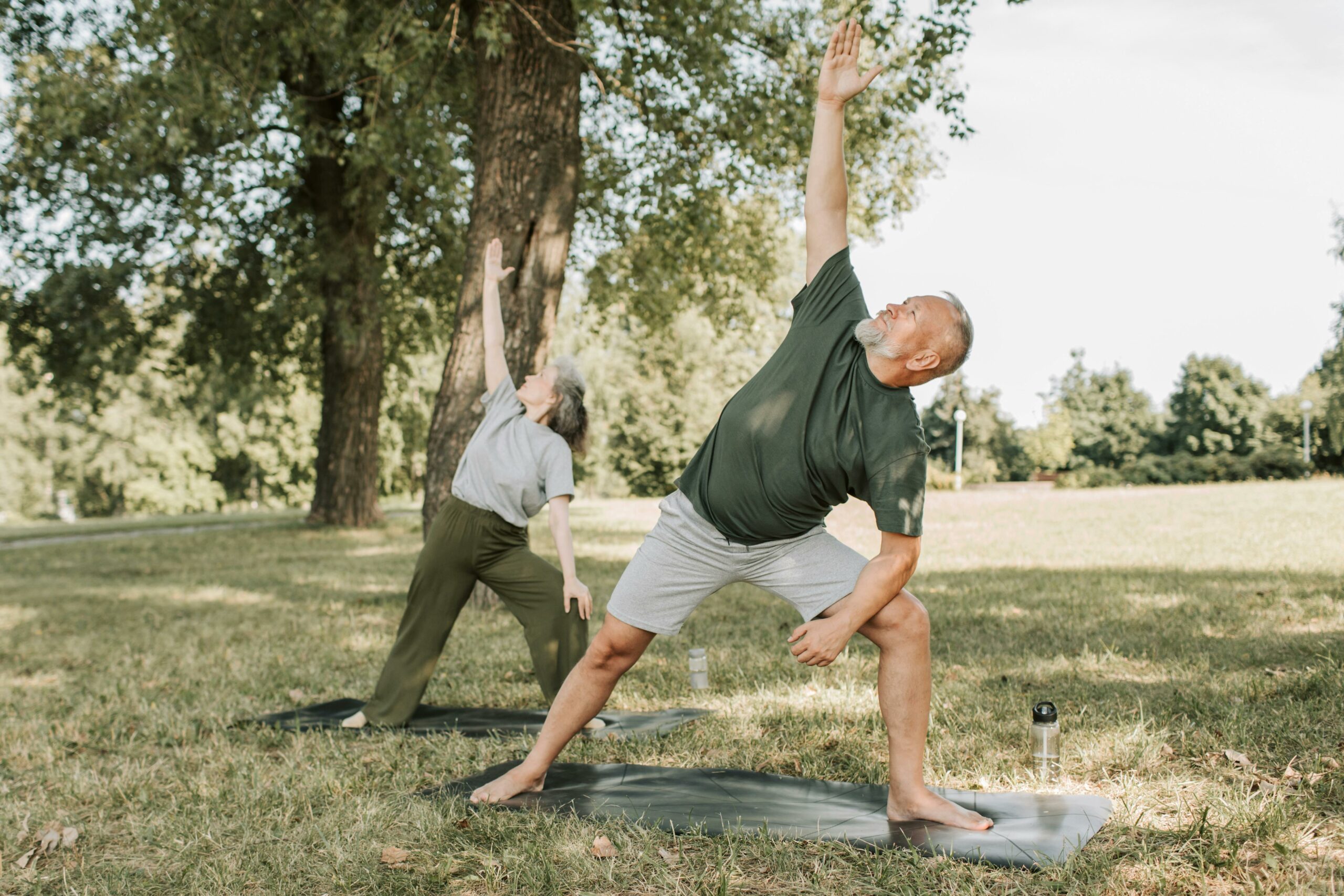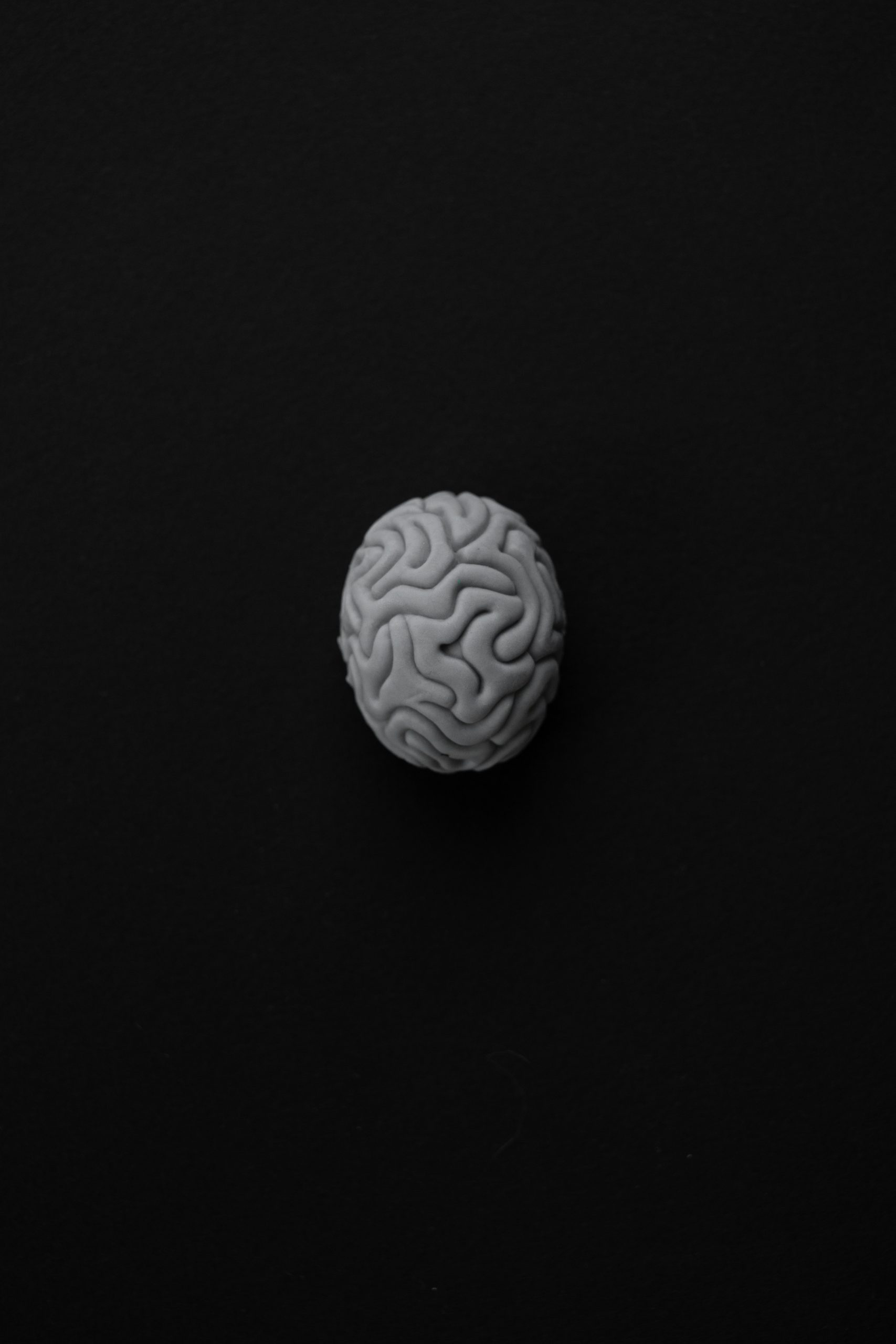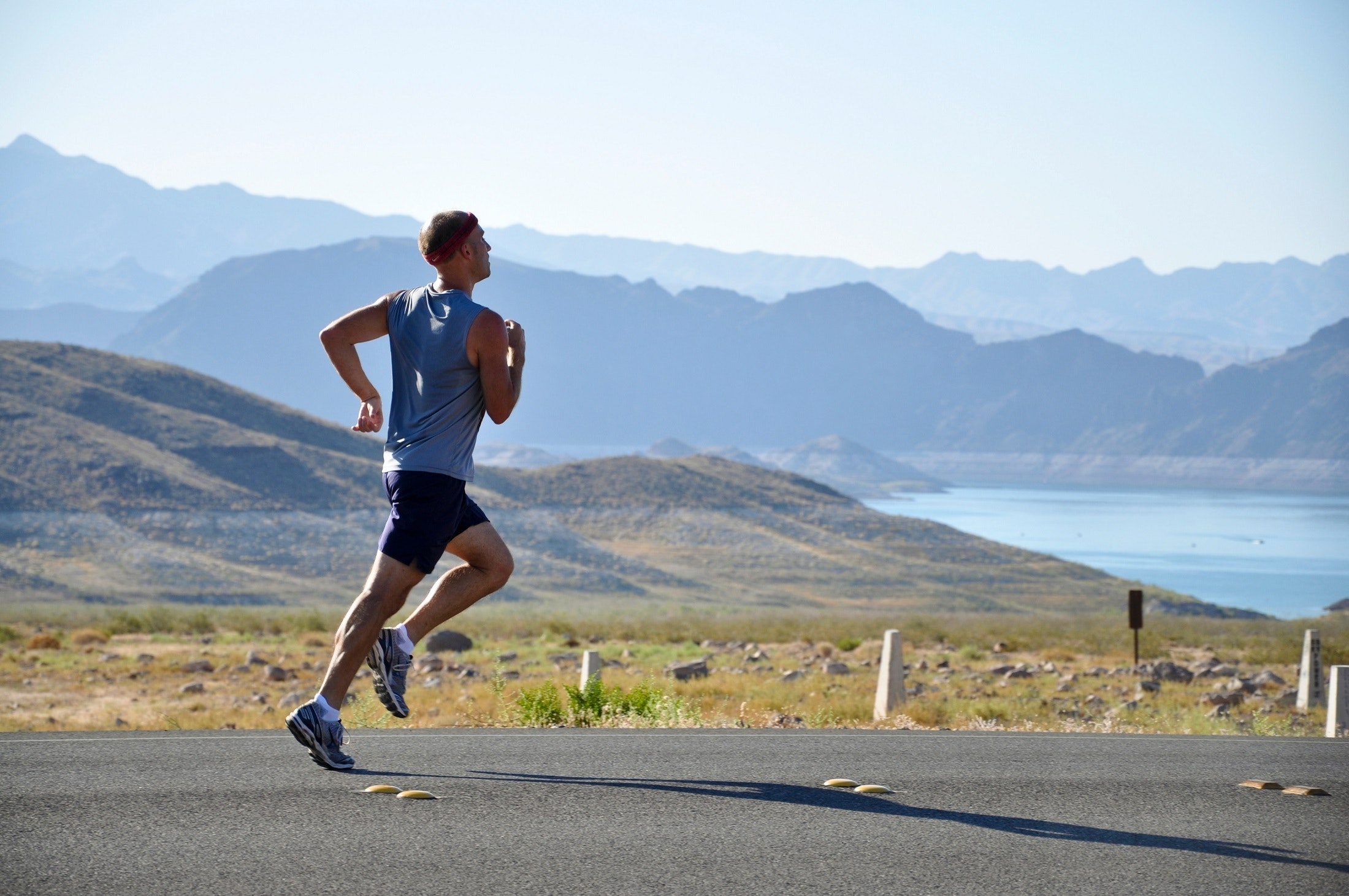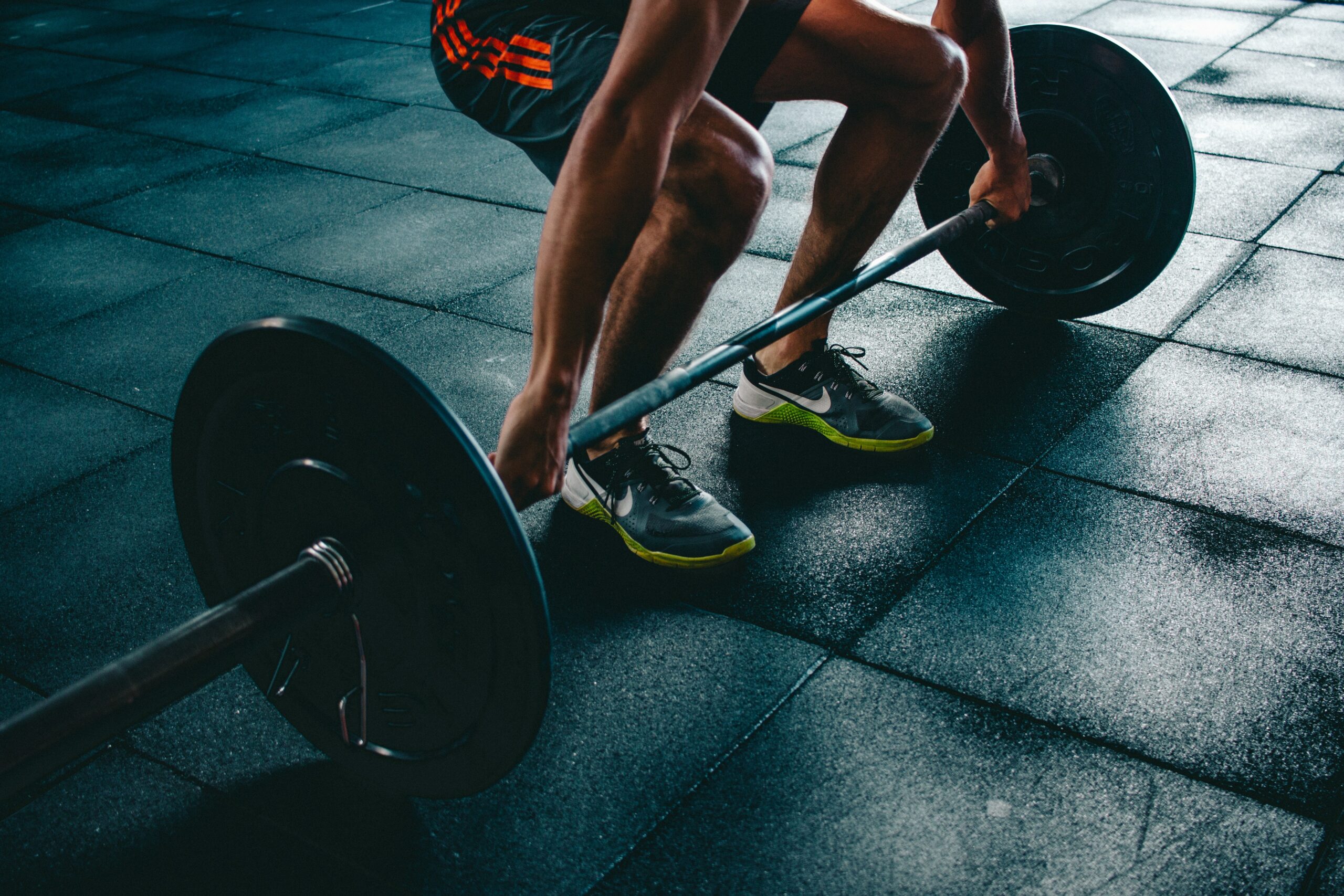Exercise physiology
has come a long way over the past 15 years and is finally catching up with real life in some aspects. Typically, research has been carried out or based on male subjects between 19 and 55, which unfortunately skews training methods for 50% of the population.
Thankfully, the balance is being redressed and we’re now understanding the role hormones play throughout the course of the menstrual cycle in relation to exercise and physiology. This helps both female individuals understand their bodies in greater detail with regards to exercise, and professional coaches and trainers base their programming for their clients and athletes on individual needs.
Follicular phase
The cycle can, in simple terms be thought of as two phases. Phase 1 is the follicular phase and the second phase is the luteal phase.
Typically, a cycle will follow a 28-day pattern, therefore we’re referring to two 14-day periods of time where the hormone levels will go through significant changes.
During the follicular phase, the levels of oestogen and progesterone are lowered and the androgens, testosterone, and free testosterone are at their highest.
This allows the body to access stored energy in the form of carbohydrates and also make use of increased androgens to increase muscular strength 1. This first phase is a key time to incorporate high-intensity exercise and focus on resistance training. Typically, this is where we’d see PB’s in the weights room.
The body has just lost blood, therefore there is an increased demand for iron. This is important to understand from a nutritional aspect as the body will be craving iron 2.
Animal sources of iron such as red meat, poultry, and quality sources of fish should be added to the diet for nonvegetarians. Plant-based iron sources should also be included, such as whole grains, beans, peas, chickpeas, lentils, and soybeans.
Due to the blood loss and uterine lining shedding there are a few days of increased inflammation in the early part of the follicular phase 3, so increasing anti-inflammatory foods around this first half is key. Adding in oily fish such as salmon, herring, sardines, and mackerel provides essential omega-3 fatty acids that help to decrease inflammation. Reducing inflammation will help with exercise recovery and delayed onset muscle soreness (DOMS).
Body temperature is slightly lower in the follicular phase of the cycle which can help cope with intense exercise efforts. It’s also the time to think about including exercises such as hot yoga when the body is able to cope with increased temperatures.
Luteal phase
The luteal phase in the second half of the cycle sees a shift where the body, physiologically is preparing for either pregnancy or your next period subject to conception. This results in elevated levels of oestrogen and progesterone, which reduces the anabolic capacity of muscles 4. Therefore it’s advisable to change the focus from higher intensity work and heavy lifting to lower aerobic and muscular endurance exercise. This can also be a good time to include lower-intensity classes such as Pilates and Yoga, where the impact is also lower on joints.
Heart rate can also be increased during the luteal phase 5., so understanding that sessions may push you into different heart rate zones is important. Dialing back on these sessions and maintaining the correct zones is important for overall cardiovascular health and minimising injury risk or overtraining.
This elevated hormone profile requires an increased energy and fluid demand so fuelling and water intake becomes important. Ensuring nutrient intake is optimal will provide sufficient energy for exercise during this phase. The risk of dehydration is higher due to this elevated demand for fluids from the elevated hormones, which means the athlete needs to be mindful of fluid intake. With elevated temperatures there is also likely to be increased fluid loss from sweat, increasing the demand for fluid intake.
This reduction in anabolism means recovery is particularly important, with rest periods and rest days aiding recovery and limiting the risk of injury. Ensuring protein intake is optimal will aid this phase and reduce DOMS. It’s normal to feel hungrier in the second half of the cycle with an increased energy demand, however, it’s still important to choose sensible foods ensuring there’s a balance between carbohydrate intake from complex sources, lean protein, and essential, healthy fats.
Conclusion
These two different phases are important to health and performance and adapting your training around this is a sensible way of managing your body. It’s also important to be aware from a psychological standpoint as many amateur and professional athletes strive to improve. We’re often our own worst critics if we don’t hit ‘the numbers’ every session. Understanding that physiologically you’re body will cope with different types of exercise during different phases of the month helps you to adapt your focus and not be so overly critical.
1. Sung E, Han A, Hinrichs T, Vorgerd M, Manchado C, Platen P. Effects of follicular versus luteal phase-based strength training in young women. Springerplus. 2014 Nov 11;3:668. doi: 10.1186/2193-1801-3-668. PMID: 25485203; PMCID: PMC4236309.
2.Wohlgemuth KJ, Arieta LR, Brewer GJ, Hoselton AL, Gould LM, Smith-Ryan AE. Sex differences and considerations for female specific nutritional strategies: a narrative review. J Int Soc Sports Nutr. 2021 Apr 1;18(1):27. doi: 10.1186/s12970-021-00422-8. PMID: 33794937; PMCID: PMC8015182.
3.Gursoy AY, Caglar GS, Kiseli M, Pabuccu E, Candar T, Demirtas S. CRP at early follicular phase of menstrual cycle can cause misinterpretation for cardiovascular risk assessment. Interv Med Appl Sci. 2015 Dec;7(4):143-6. doi: 10.1556/1646.7.2015.4.2. PMID: 26767119; PMCID: PMC4701164.
4. Kalkhoff, R.K. (1982). Metabolic effects of progesterone. American Journal of Obstetrics and Gynecology, [online] 142(6 Pt 2), pp.735–738. doi:https://doi.org/10.1016/s0002-9378(16)32480-2.
5.McKinley PS, King AR, Shapiro PA, Slavov I, Fang Y, Chen IS, Jamner LD, Sloan RP. The impact of menstrual cycle phase on cardiac autonomic regulation. Psychophysiology. 2009 Jul;46(4):904-11. doi: 10.1111/j.1469-8986.2009.00811.x. Epub 2009 Apr 6. PMID: 19386049; PMCID: PMC4451597.











